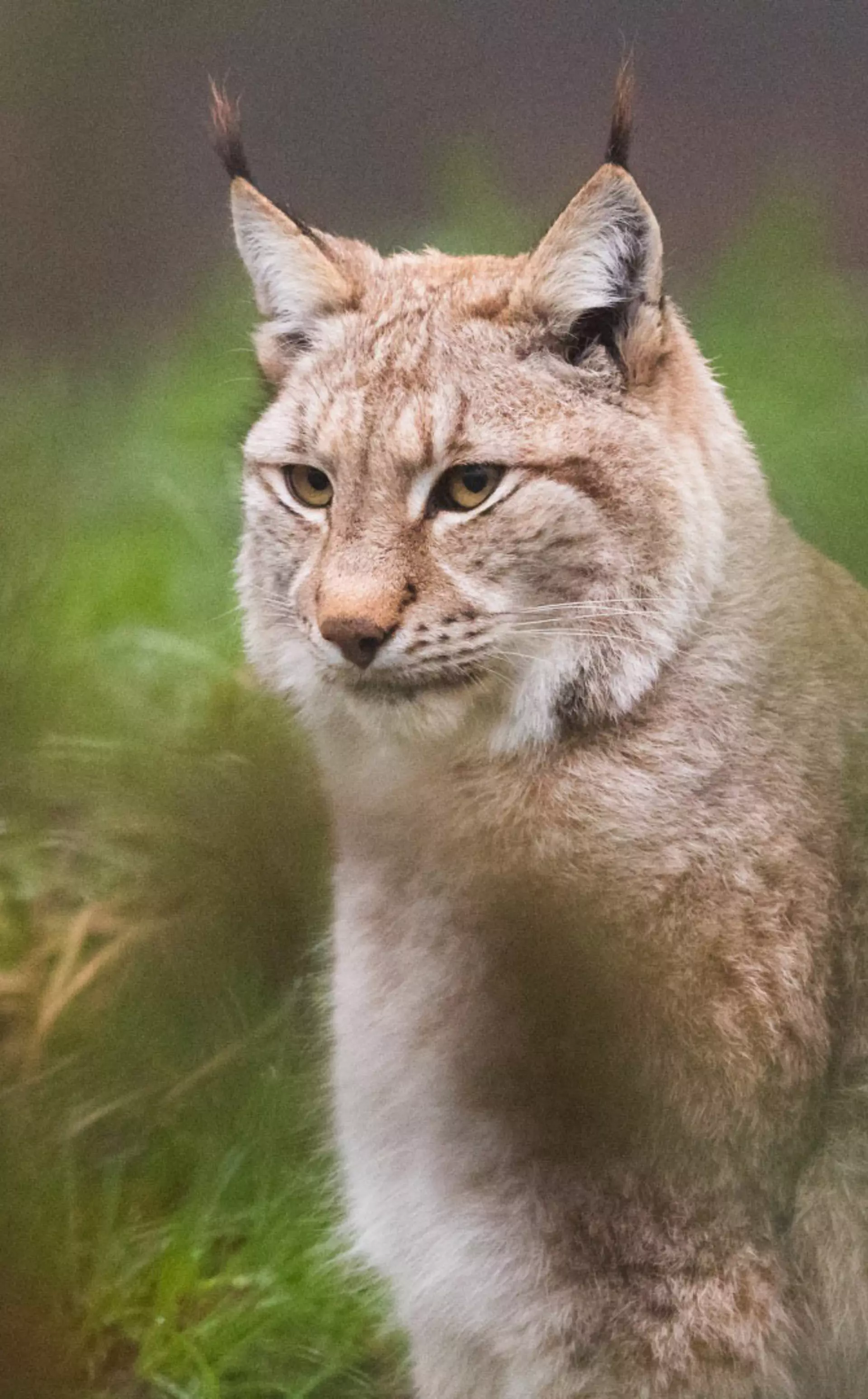ZSL
Zoological Society of London
A new report led by researchers at ZSL (Zoological Society London) and commissioned by Rewilding Europe, has found that the populations of several European wildlife species have increased in size and geographical range over the past half century.
Compiled by ZSL’s Institute of Zoology, BirdLife International and the European Bird Census Council, the European Wildlife Comeback 2022 report which was published today (Tuesday 27 September 2022) looks at 50 European wildlife species, including the Eurasian beaver, European bison, Eurasian brown bear, grey wolf, humpback whale, and white-tailed eagle. It highlights species that have made a comeback in Europe over the past 40-50 years, explores how they have recovered, and provides an outlook for the future recovery of European wildlife.
Providing an outlook for the future recovery of European wildlife
With species across the world disappearing at an alarming rate, the new report shows that wildlife will return if given the opportunity. It shows that better legal protection, enlarging and connecting protected areas, rewilding, dedicated species recovery work (including reintroductions) and improving habitats are all effective ways forward. It also highlights the significance of continuing to reduce pressures, such as habitat loss and hunting, including for those species that are already making a comeback.
Lead author for the 2022 Wildlife Comeback Report, Sophie Ledger of ZSL’s Institute of Zoology, said: “Much of the vital work monitoring global biodiversity trends and evaluating species’ extinction risks largely often highlights the negative impacts of pressures such as habitat loss and climate change on species under threat. However, this report gives cause for optimism and shows that given a chance, and with well-placed conservation efforts, wildlife can recover. We hope that this report will reinforce the message that whilst it can be complex, wildlife recovery and coexistence is not only possible, but essential for the health of our planet.”
The new report represents an updated and enlarged version of "Wildlife Comeback in Europe", a ground-breaking publication published in 2013. It covers mammals such as the Eurasian beaver, grey seal, and European bison, who all show the strongest comeback. It also includes birds such as the barnacle goose, griffon vulture, great white egret and Dalmatian pelican, which are also recovering well.
The assessment draws on new state-of-the-art data
ZSL’s Director of Science, Dr Guy Cowlishaw, said: “It's so exciting to see the recovery of these important European species. This assessment, which draws on new state-of-the-art data from the European IUCN Red List, European Breeding Bird Atlas, and Living Planet Index, demonstrates that with focussed conservation effort species can recover and ecosystems can begin to be restored.”
Although the ongoing recovery described in the new report is encouraging, deeper analysis shows that wildlife comeback in Europe is still patchy. Many European landscapes remain degraded and lacking in native wildlife and the report shows that the habitat range for some species - such as the Eurasian otter and cinereous vulture - have reduced. The report also points out that when wildlife does start to come back, it often brings challenges. This is particularly true when it comes to large carnivores such as bears and wolves, which are often perceived as a threat to people and other animals.
ZSL's global conservation work
ZSL’s global conservation teams often work in regions where large species such as tigers, rhinos and elephants reside, working with governments and local people to prioritise putting local communities at the centre of conservation efforts to help reduce human conflict instances. Support can include providing predator proof corrals for livestock, building awareness of the presence of wildlife, and providing communities with alternative ways to strengthen their income outside of using forest resources, which helps to reduce their encounters with wildlife.
ZSL’s Director of Conservation and Policy, Dr Andrew Terry said: “The findings set out in this report provide us with inspiration for what can be achieved. Being an island, the UK lacks some of the opportunities presented to wildlife moving across continental Europe, however this report throws down the gauntlet to our government, landowners and conservationists, to show that recovery is possible. With strong environmental protections, recovery investment in place and a kick start to create the vital conditions, we too could see wildlife come back across our country.”
